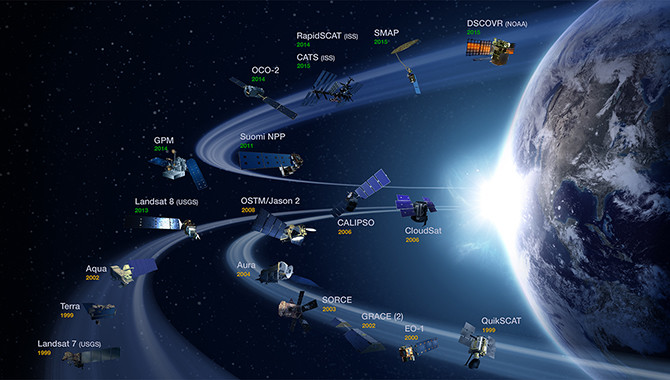
A new report from the National Academies of Sciences, Engineering, and Medicine offers a novel framework for prioritizing resources to deliver on key Earth science objectives.

A new report from the National Academies of Sciences, Engineering, and Medicine offers a novel framework for prioritizing resources to deliver on key Earth science objectives.
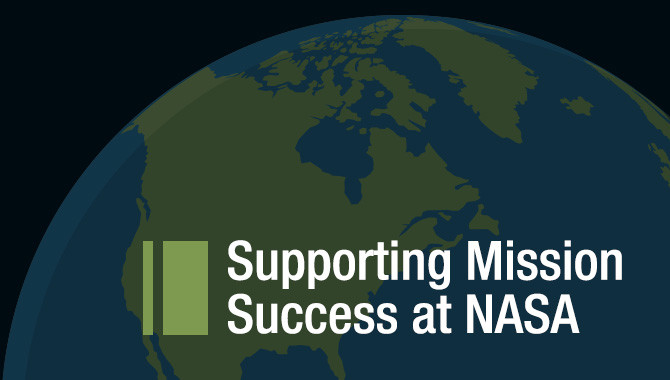
Looking back at 2015, NASA Administrator Charlie Bolden said, “Our workforce continues to do amazing things.” At APPEL, it is our privilege to support their efforts.
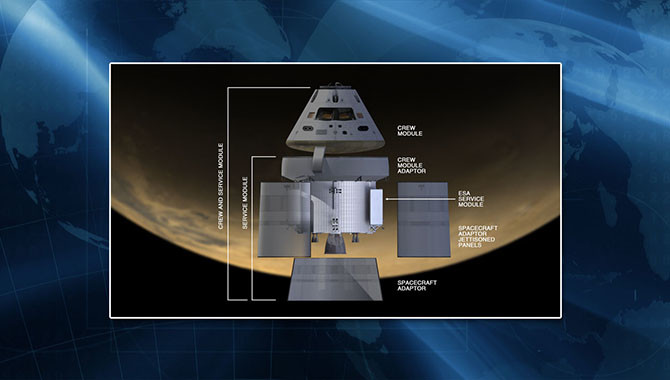
One year after Exploration Flight Test 1 (EFT-1), the successful maiden voyage of Orion’s crew module, another crucial piece of the spacecraft is set to begin testing.
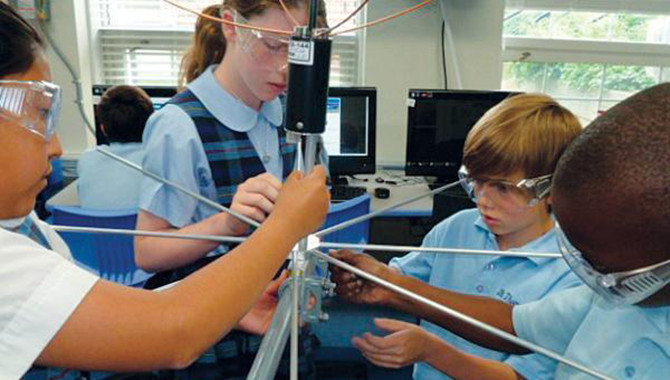
On December 6, an Orbital ATK Cygnus left Cape Canaveral Air Force Base with novel science and research materials destined for the International Space Station (ISS).
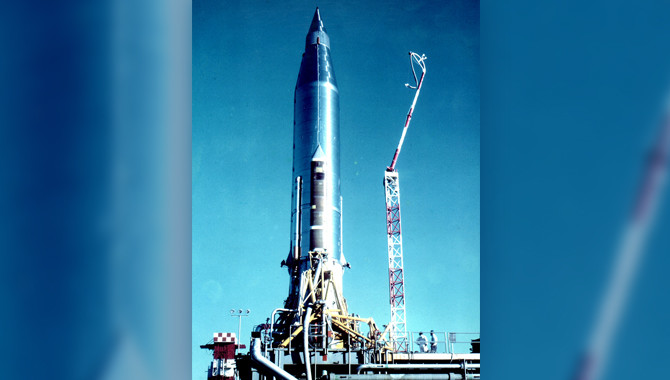
On December 18, 1958, a top-secret mission rocketed into space from Cape Canaveral, Florida. One day later, its success was broadcast around the world.
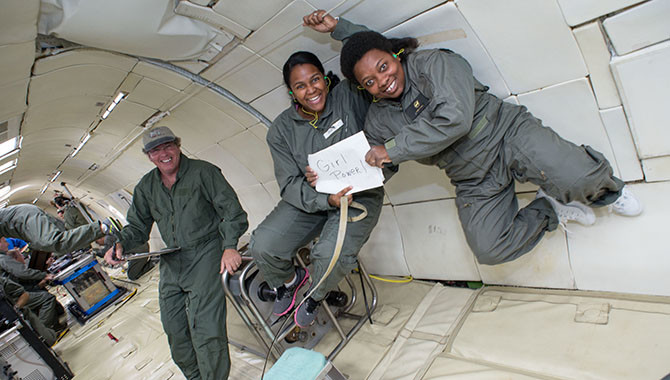
For Nancy Rabel Hall, a love of science and learning paved the way to becoming a project manager at Glenn Research Center (GRC).
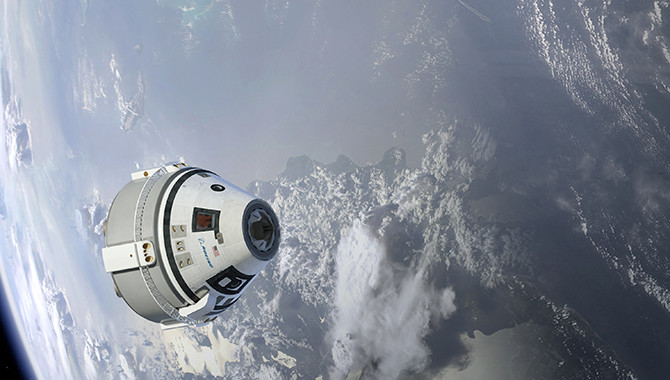
NASA’s Commercial Crew Program is driving the expansion of the U.S. economy into space while supporting the agency’s journey to Mars.
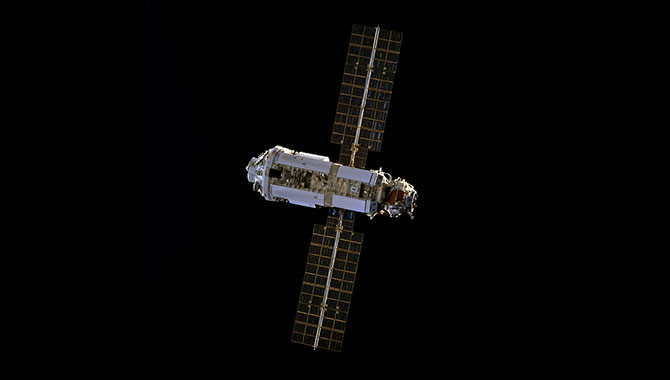
On November 20, 1998, the Zarya module launched from Kazakhstan aboard a three-stage Proton rocket to form the cornerstone of the International Space Station (ISS).
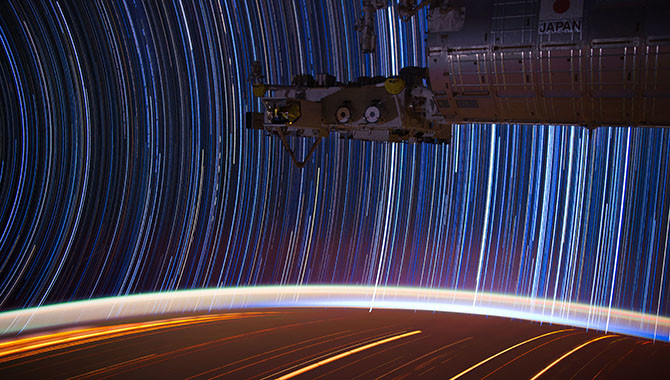
On November 2, 2015, NASA and its international partners celebrated a decade and a half of continuous human presence on the International Space Station (ISS).